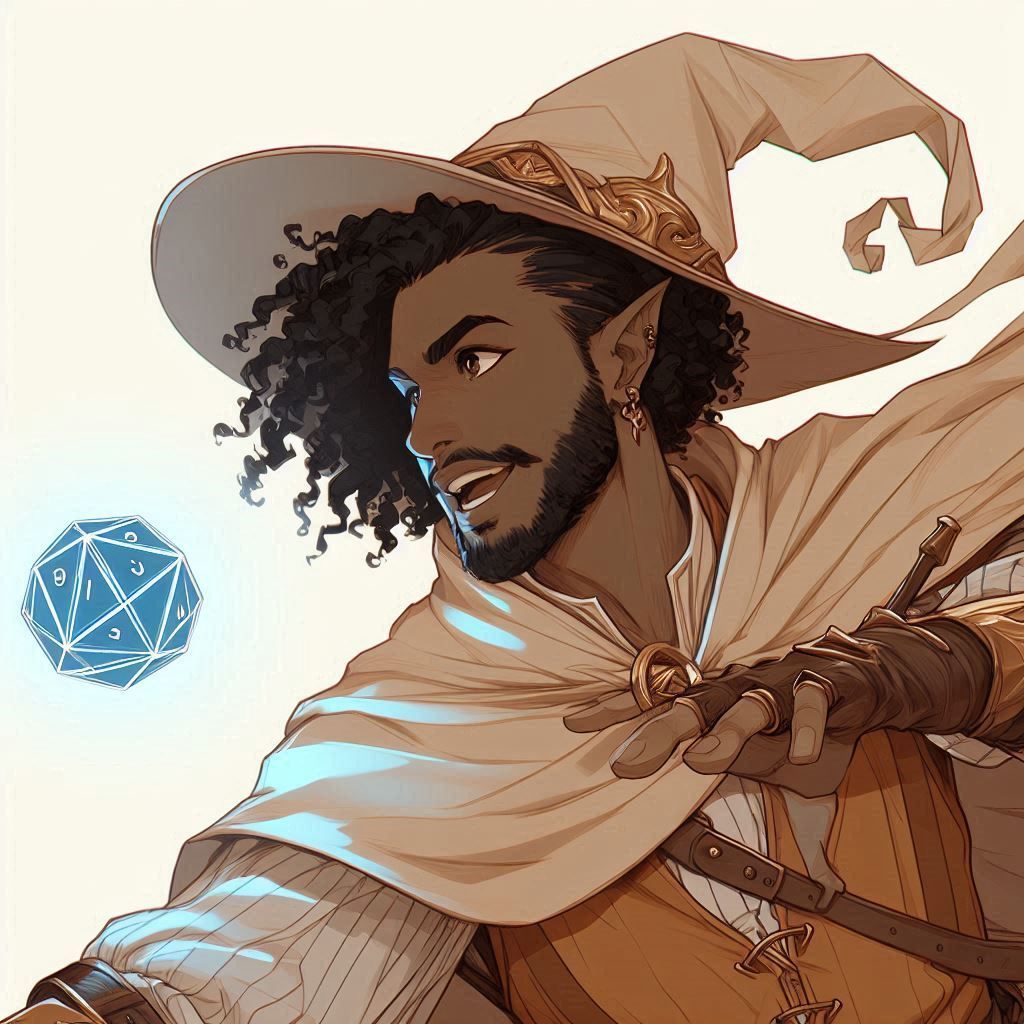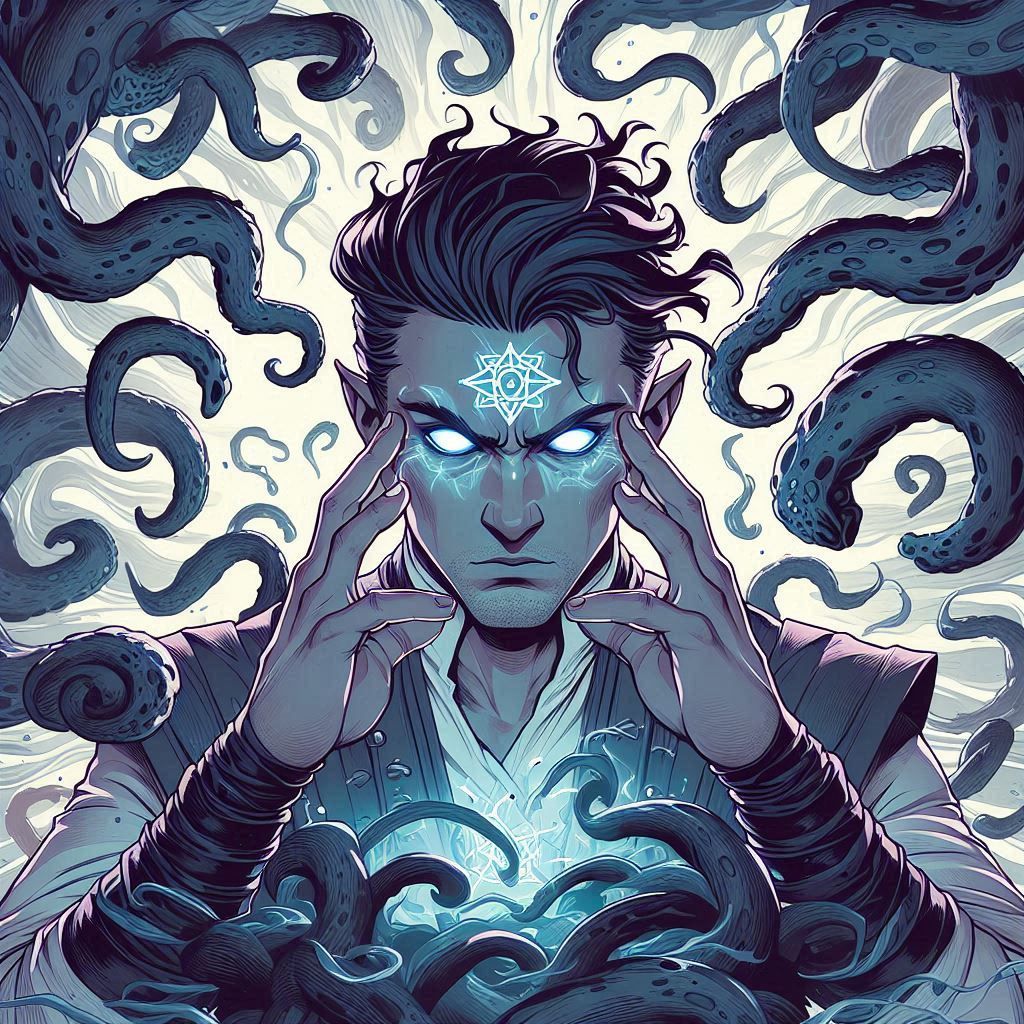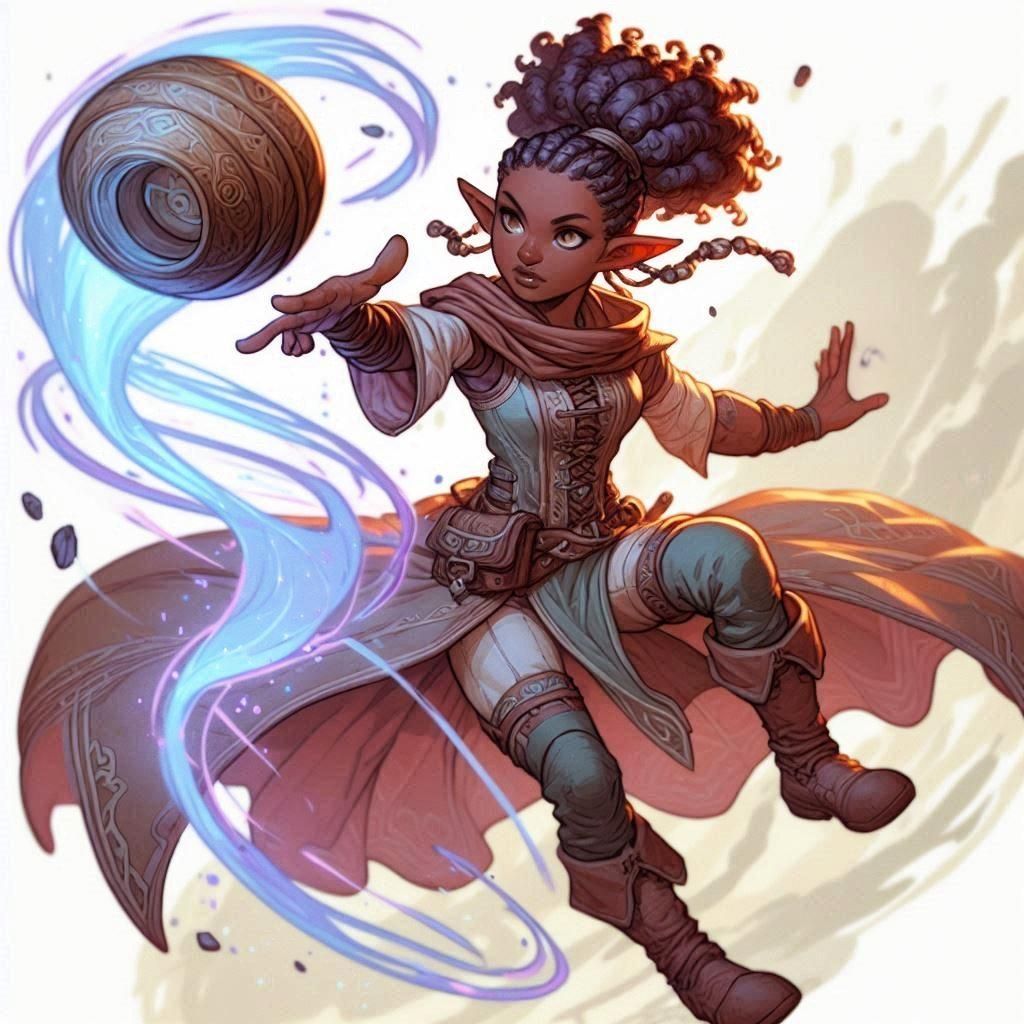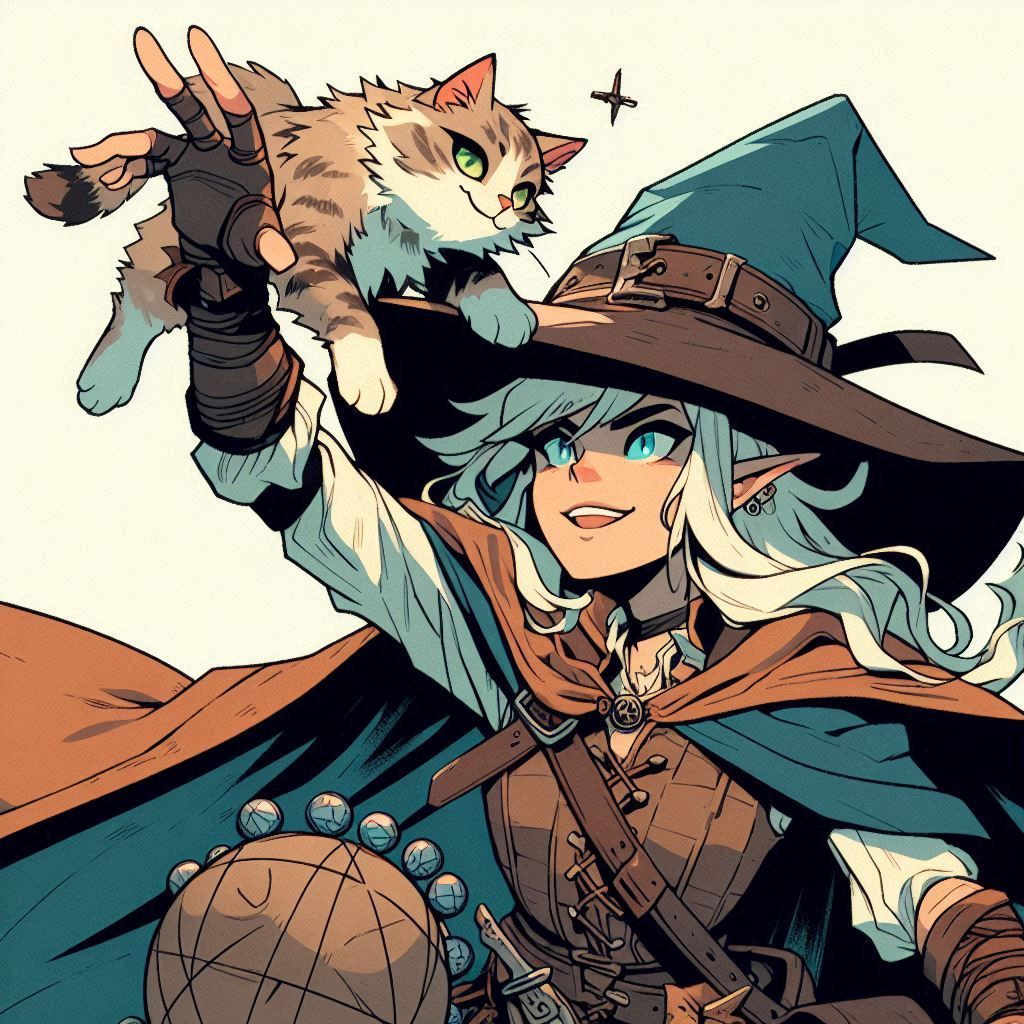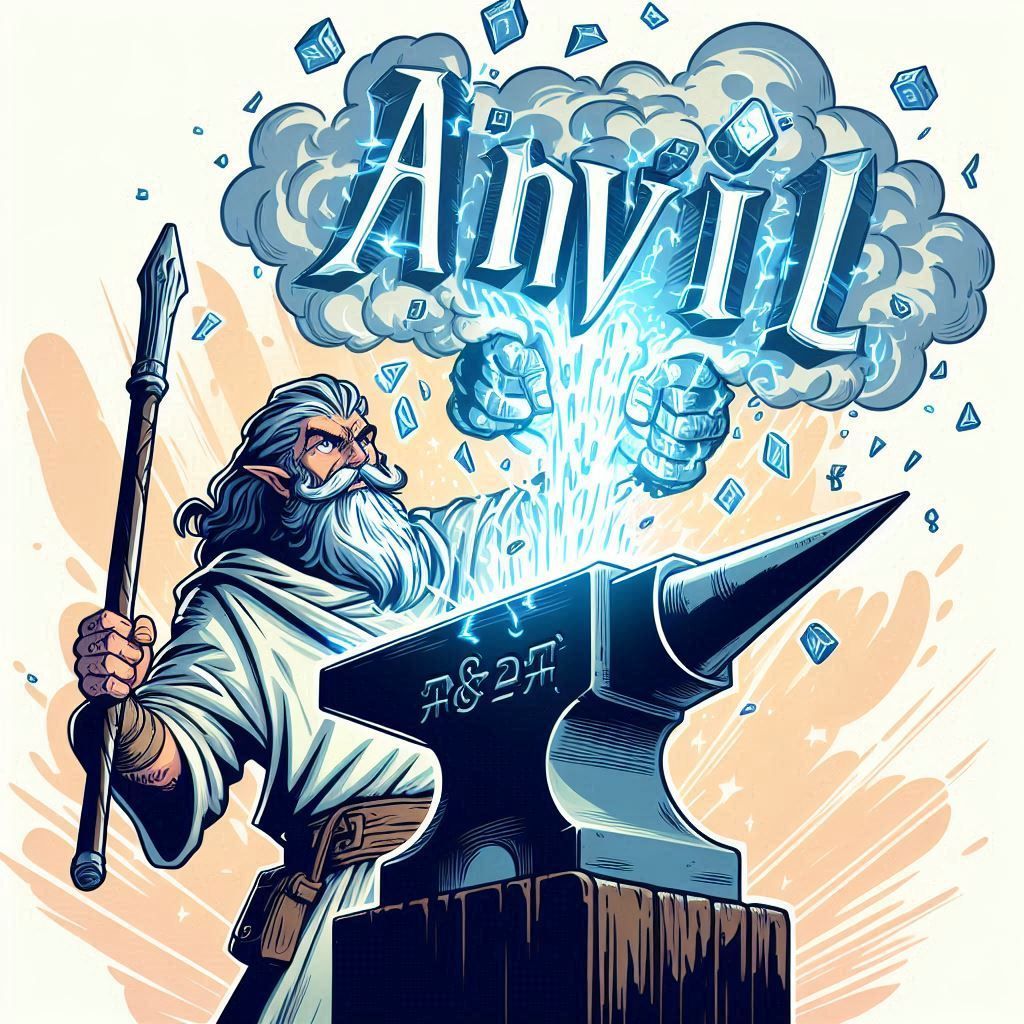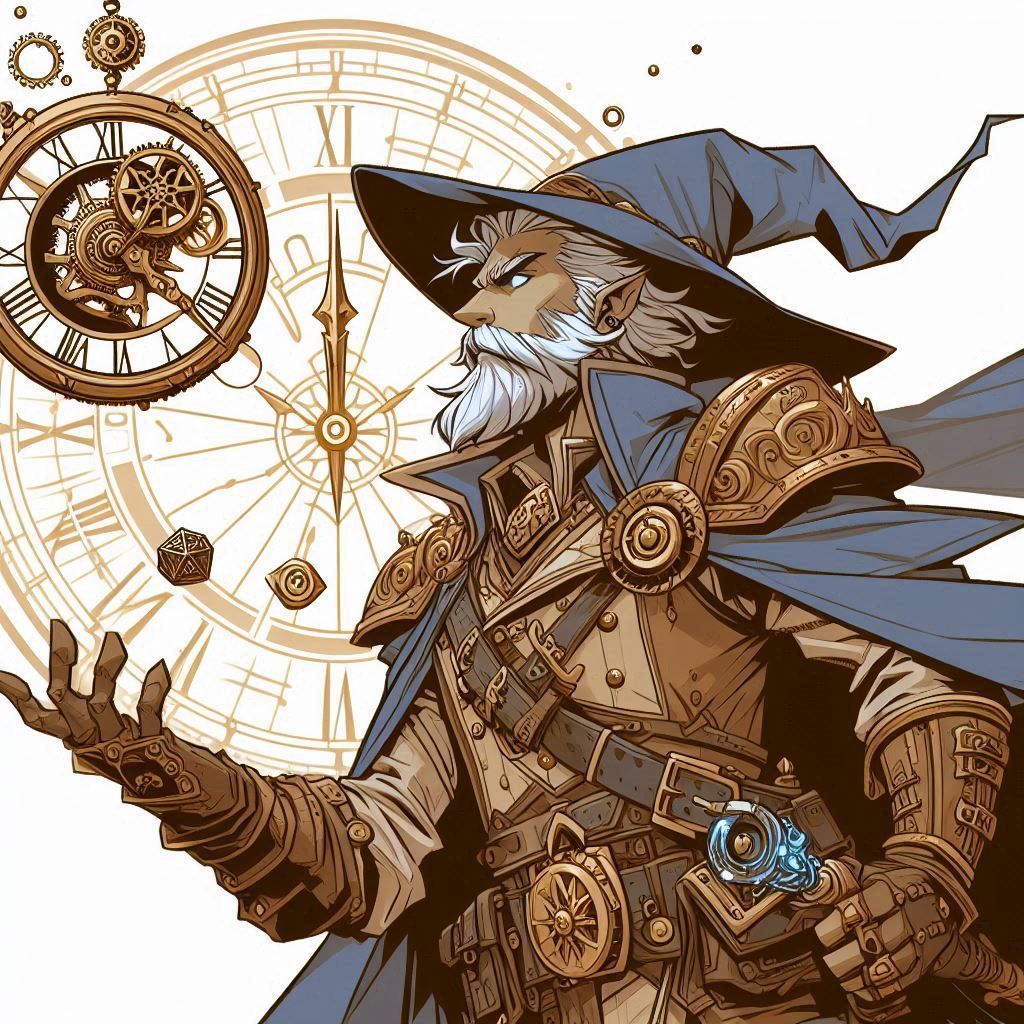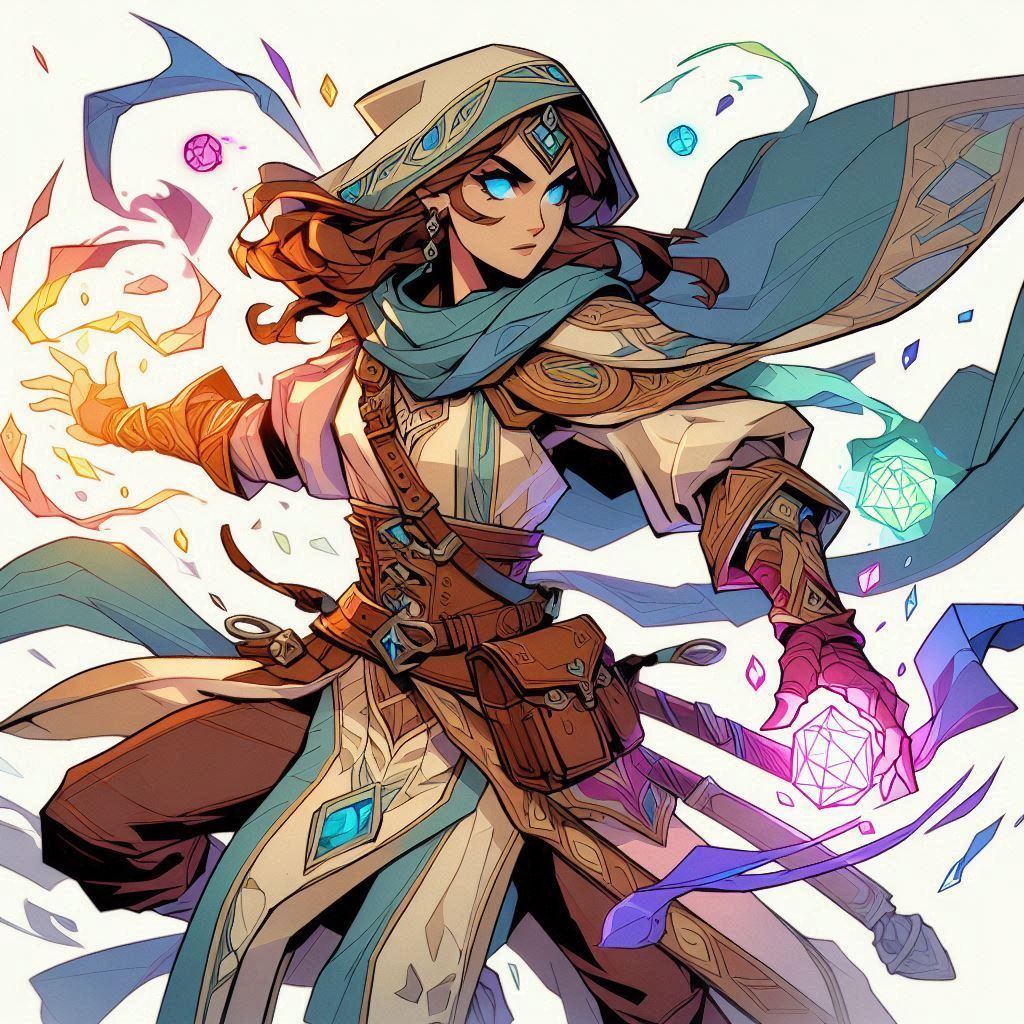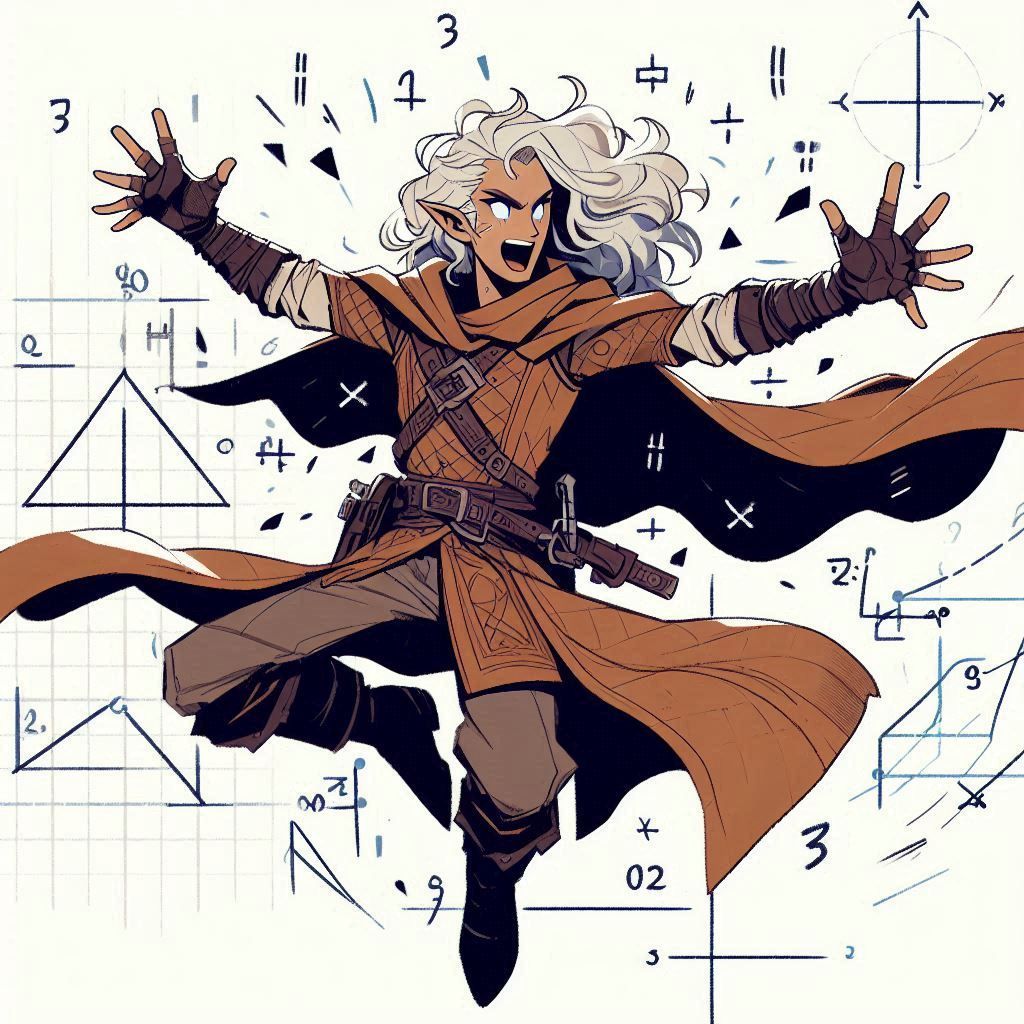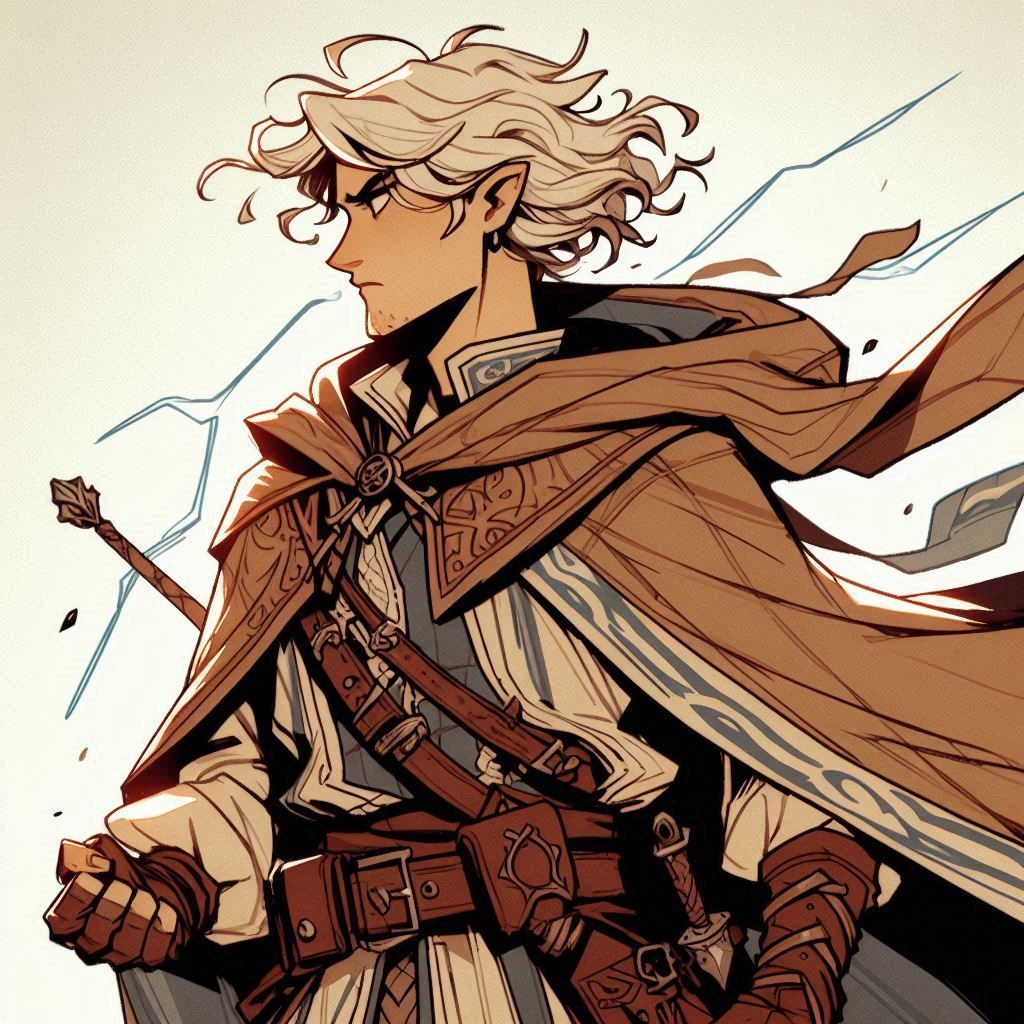You can cast the spell once per long rest, but doing so imposes 1 level of exhaustion.
Additionally, when you make an Intelligence (Arcana) check, you can treat a roll of 7 or lower as an 8.
You gain a Mage subclass of your choice. A subclass is a specialization that grants you features at certain Mage levels.
For the rest of your career, you gain each of your subclass’s features that are of your Mage level or lower.
You have learned to regain some of your magical energy by meditating on your arcane knowledge. Once per day when you finish a short rest, you can choose to recover expended spell slots.
The spell slots can have a combined level equal to or less than half your Mage level (rounded up). For example, at 2nd level, you can recover one 1st-level spell slot.
You gain the Ability Score Improvement feat or another feat of your choice for which you qualify.
You gain this feature again at Mage levels 8, 12, and 16.
When a creature succeeds on a saving throw against one of your spells that deals damage, it takes half damage instead of no damage.
This damage still applies even if the creature has features like evasion that normally reduce damage to zero on a successful save.
You gain the ability to blend minor spells together. When you cast a cantrip, you can use a bonus action to immediately cast another cantrip.
The second cantrip must have a casting time of 1 action and cannot target the same creature or area as the first cantrip.
You can add your Intelligence modifier (minimum of +1) to one damage roll of any Mage spell that you cast.
You can weave magic around yourself for protection. When you cast a mage spell of 1st level or higher, you can simultaneously use a strand of the spell's magic to create a magical ward on yourself that lasts until you finish a long rest.
The ward has hit points equal to twice your mage level plus your Intelligence modifier. Whenever you take damage, the ward takes the damage instead. If this damage reduces the ward to 0 hit points, you take any remaining damage.
While the ward has 0 hit points, it can't absorb damage, but its magic remains. Whenever you cast a mage spell of 1st level or higher, the ward regains a number of hit points equal to twice the level of the spell.
Once you create the ward, you can't create it again until you finish a long rest.
Your spells ignore resistance and treat immunity to the chosen type as resistance instead.
When a creature within 60 feet of you casts a spell, you can attempt to nullify it. Make an Arcana (Intelligence) skill check (DC = 10 + the spell's level).
On a success, the creature’s spell or feature fails and has no effect.
You can do this once per long rest, or you can expend a spell slot equal to the level of the spell being cast to attempt to nullify it.
You learn to adapt your magical energy to suit the moment. When you cast a Mage spell that deals damage, you can change its damage type to any damage type of your choice.
You can use this feature a number of times equal to your Intelligence modifier, and you regain all expended uses when you finish a long rest.
When you cast a spell of 5th level or higher, you can overcharge its effects. Choose one:
- The spell deals maximum damage.
- The spell’s range is doubled.
- The spell affects an additional target (if applicable).
- Cast the spell without expending a spell slot (once per long rest).
After using this feature, you gain 1 level of exhaustion.
When you cast a spell that requires a saving throw, you can roll 2d20 and choose the lower result. All creatures affected by the spell must use that number plus their saving throw modifier for their save instead of rolling.
If the number you roll and choose is a 1, the spell deals maximum damage instead of rolled damage.
You can use this feature once per long rest.
You have reached legendary mastery of magic. You gain 3 uses of Legendary Resistance per long rest.
When a creature within 120 feet of you uses its Legendary Resistance to automatically succeed on a saving throw against a spell you cast, you can expend one use of your Legendary Resistance to force that creature to roll the saving throw and use the new result instead.

